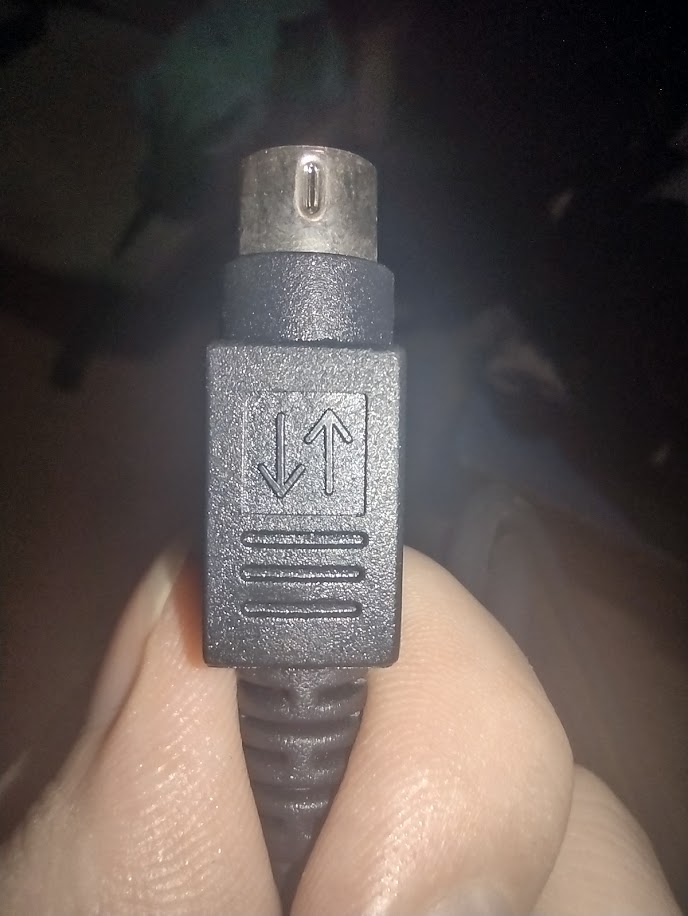I had the issue reoccur, and I can confirm that the jwt token was missing from the request to /, but present for other resources such as the css stylesheet
Dipole
I waited for the issue to reoccur so I could test that out. The jwt cookie is missing from the request to / but is present in several of the other resources used for the page. That's consistent with Crashdoom's comment. Sometimes, the issue would only occur in a specific tab (refreshing the tab did nothing, but opening a new tab would have me logged in), which is roughly the opposite of what that user reported, but this time, it was a problem in any tab
If you threaten to do wrong by someone, that's wrong regardless of whether you are actually willing to follow through and regardless of whether people accurately guess whether you're willing to follow through.
I don't think in-game skill is a fair way to judge that. You can absolutely have a capable developer who is passionate about the game, but who isn't very skilled at the game itself. And unless the game has an extremely technical target audience, I can expect that most of the players who brought the challenge-winning skills to the table are not also coincidentally people who would be developing or otherwise technically supporting a continuation.
Also, if they release the source and it doesn't get traction, no-one is harmed. Any procedural and legal clearances should've been done before announcing the challenge. To me, open sourcing an EOL game or other product is about giving an opportunity for others to continue or learn. It might be sad if no-one bothers, but it's still the right thing to do regardless of when or whether someone takes on the challenge.
While I definitely appreciate seeing a game go open source instead of being lost to time, I am furious that they gated that outcome behind challenge, and especially that they were explicitly threatening to delete the game. It absolutely screams "we don't actually care about game preservation, but we know our fans do, and we'll exploit that to make them dance for our amusement". That has very much put them on my "never support" list.
I wasn't aware that there were any games that could make meaningful use of 16 cores, let alone games that might want more. Was there a major advancement in game programming when I wasn't looking? Or is the headline as far off base as I think?
Likely Solved
Of the options people have presented, a video card is by far the most likely for us to have owned at the era those options are from. The two-way arrow symbol on the connectors does give a little bit of doubt, but it seems pretty clear at this point that if I still owned the matching product, I wouldn't use it, and that's enough info for my needs
Both din connectors have a two-way symbol 
It is definitely 7 pins, not 9. The pin layout matches this image on the wikipedia page for mini din: https://commons.wikimedia.org/wiki/File:S-Video_7-pin_quasi-DIN_connector.JPG#/media/File:S-Video_7-pin_quasi-DIN_connector.JPG
I tested the pin connections and it does match the "compatible with an S-video... plug" in the image's caption, but I don't know if the keying allows for that. The key on the 7-pin is both wider and thinner than on the 4-pin.
The fact that this is a long cable instead of a short adapter does give me the impression that both the 4-pin mini din and the rca connector are supposed to be used simultaneously.
I don't believe we ever owned a capture card, but it's at least plausible to me that an old video card may have used it.
I swear I've seen a vrchat avatar that looked just like that, but I can't find any sign of it